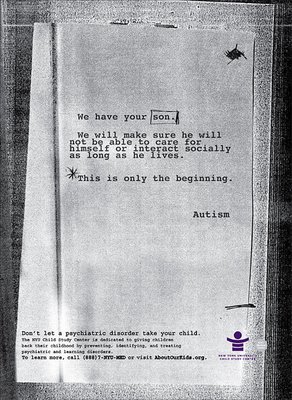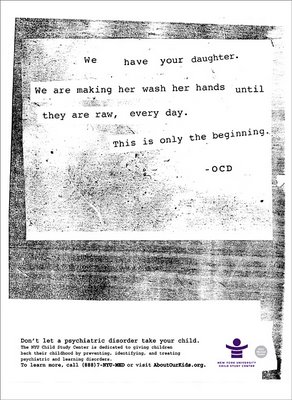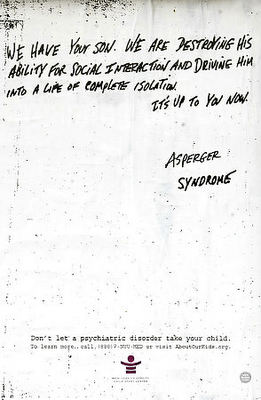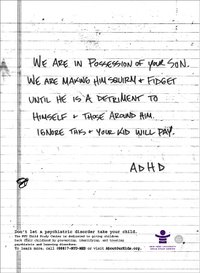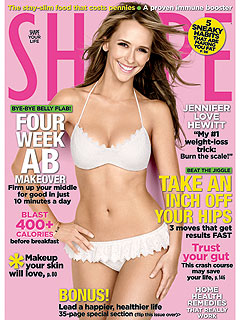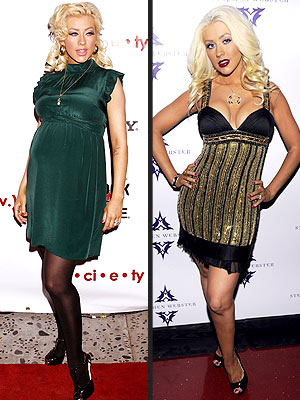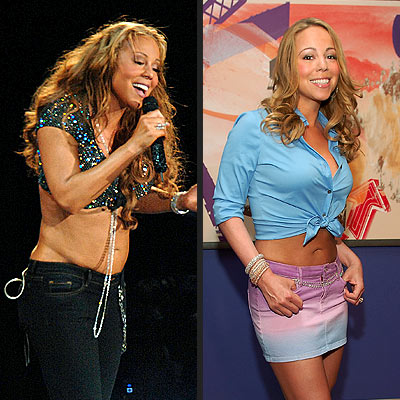CBS Sunday Morning had a segment on the new-ish phenomenon of “Maid Cafés.” I gathered from the report that they are most popular in areas of Japan where there are a lot of (male) “geeks.” Here’s a description from a Boston.com article on these restaurants:
“Welcome home, Master,” says the maid as she bows deeply, hands clasped in front of a starched pinafore worn over a short pink dress.
This maid serves not some aristocrat but a string of pop-culture-mad customers at a “Maid Cafe” in Tokyo’s Akihabara district, long known as a Mecca for electronics buffs but now also the center of the capital’s “nerd culture.”
“When they address you as ‘Master’, the feeling you get is like a high,” says Koji Abei, a 20-year-old student having coffee with a friend at the Royal Milk Cafe and Aromacare.
Here’s a wikipedia description— discussing how these cafés pull various cultural practices– Japanese manga, anime, Japanese geishas, and French (or English) maids. Apparently, there are now Maid Cafés in Canada and Hong Kong (the one in Hong Kong is called the “Master-and-maid café”). Here are some videos as well– from the U.S. news, and from Japanese news (sorry it isn’t translated). These might make for an interesting discussion on culture, globalization, and gender.
[youtube]http://www.youtube.com/watch?v=PjNGX-jQS94[/youtube]
[youtube]http://www.youtube.com/watch?v=c0JmfyP4KPs[/youtube]

